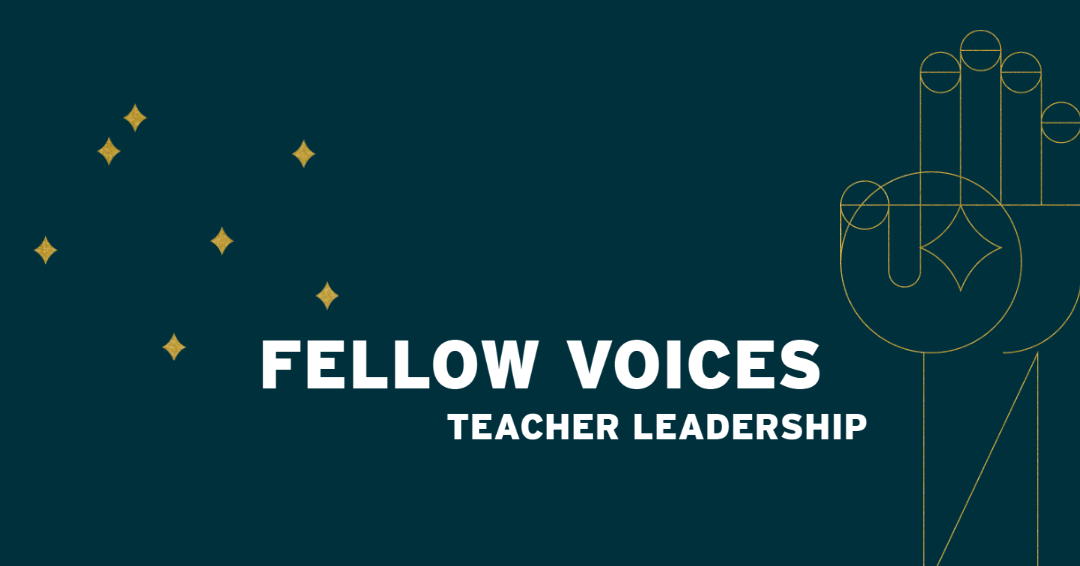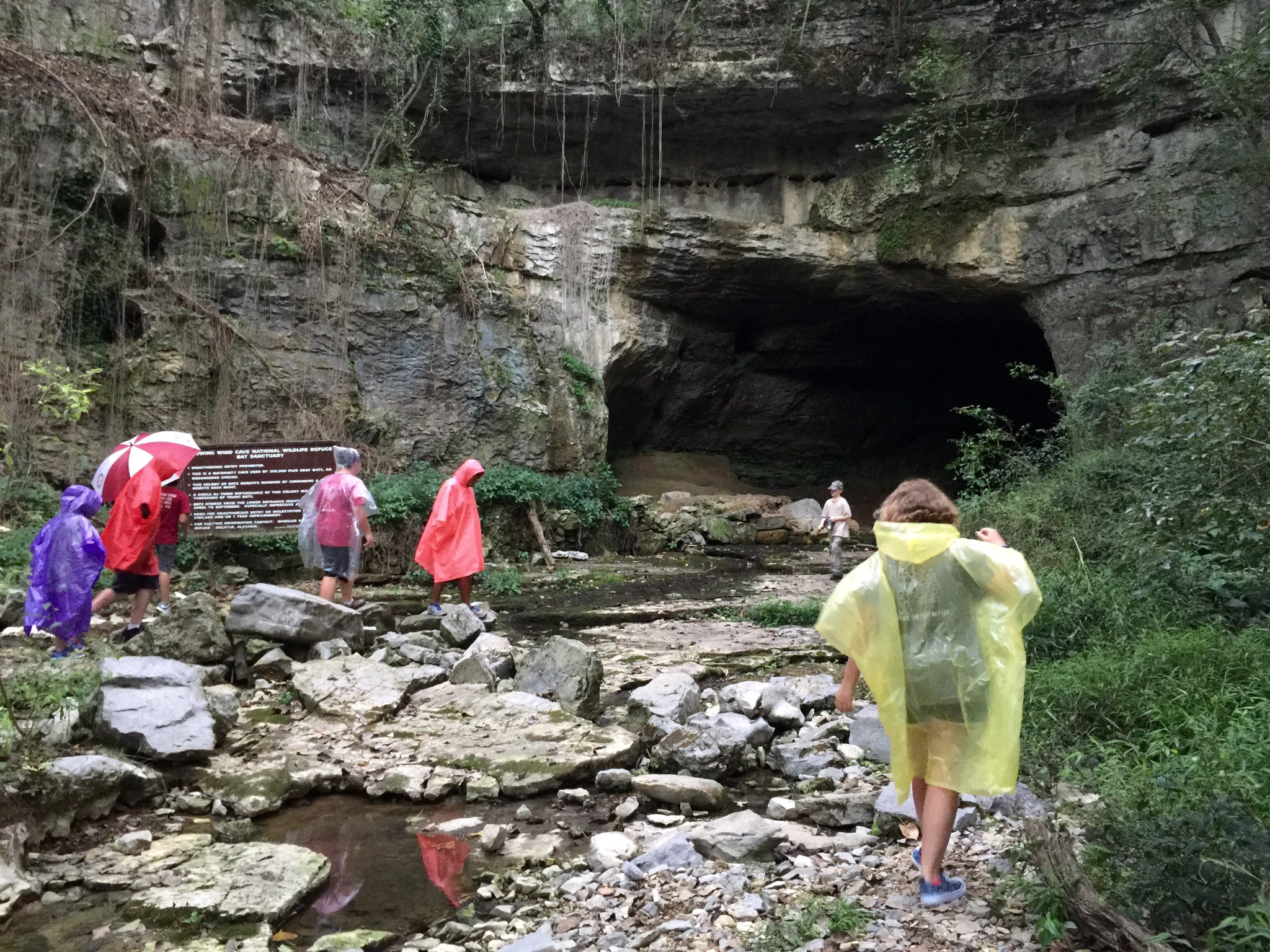How the Pandemic Brought Innovation to my Classroom

The last four years have been exciting. I have been working at developing an arts-integrated environmental education and outdoor skills program at my school. I have watched as students connected with nature, became involved in volunteer work, got internships, added healthy hobbies to their schedules and explored possible career paths. Then… the Pandemic happened.
As in classrooms all over the world, the swap to remote learning and subsequent return to restricted face-to-face instruction revealed multiple accessibility hurdles. For my program, which relies heavily on field studies and site visits, I noticed that students at an economic disadvantage are less likely to be successful without the built-in supports that we rely on in a normal school year.
Students who are at an economic disadvantage sometimes can’t complete a field activity, even if the site is local. They are also less likely to have access to appropriate supplies and technology. Students with a physical disability, away from school-provided supports, are less likely to be able to independently perform outdoor activities, and those with learning disabilities often struggle to engage with the material on their own.
I was curious about what innovations I could try in order to help students meet the program goals despite all of the obstacles that the Pandemic threw our way. Virtual programs have been a great help during the Pandemic, but let’s face it: Kids in an outdoor program aren’t in it to sit in front of a computer for hours. They want to get their hands dirty. I needed to take what I was doing pre-Pandemic and transform it into something that students could complete in a variety of settings and using materials easily found in the home, neighborhood or schoolyard.
See Starr’s students in action out in “America’s Amazon” — the terrain surrounding their high school.
Some of the innovations that have come to my classroom as a result of the Pandemic will benefit us even after things become more normal. A team of teachers and students at my school came together to build an outdoor classroom that will serve as a lab for science classes, a spot for the art classes to practice scientific drawing and a peaceful sanctuary for other groups who want to learn in an outdoor setting.
We have been using the iNaturalist citizen science app, so students can identify living things wherever they happen to be. We have focused on urban nature journaling, which helps students realize that they don’t have to be out in the wilderness to experience nature. They can look for interesting observations of the natural world, even if they are in a city setting. These are activities that we can continue for years to come.
While we have made some progress, we are not there yet. That’s why I was so excited to find out that Fund for Teachers was offering a new program called “Innovation Circles.” As part of an Innovation Circle, I’ll be able to collaborate with other Fellows around the common topic of accessibility. We will all be able to learn from one another as we work through self-designed professional development projects related to our topic. I can’t wait to see what ideas everyone will come up with!
The Pandemic has pushed educators to our limits in many ways. The Innovation Circles will give us the opportunity to combine our talents, creativity and problem-solving abilities to move forward despite the obstacles. The solutions we create together will benefit students for years to come.
[minti_divider style=”1″ icon=”” margin=”20px 0px 20px 0px”]
 Starr Weems is a two-time FFT Fellow who teaches at Ardmore High School in Ardmore, AL. In 2013, Starr used a grant to observe in Israel the confluence of the Abrahamic religions and research how religion affects art, both ancient and modern, to enhance a combined art/foreign language curriculum and cultivate cross-cultural awareness. With her second grant in 2017, Starr gained wilderness skills, deepened knowledge of the taiga biome, explored art in Iceland and participated in Wilderness First Responder certification in North Carolina to expand a new artist-naturalist program for students and to improve safety during fieldwork. (See images and read about her experiences here.)
Starr Weems is a two-time FFT Fellow who teaches at Ardmore High School in Ardmore, AL. In 2013, Starr used a grant to observe in Israel the confluence of the Abrahamic religions and research how religion affects art, both ancient and modern, to enhance a combined art/foreign language curriculum and cultivate cross-cultural awareness. With her second grant in 2017, Starr gained wilderness skills, deepened knowledge of the taiga biome, explored art in Iceland and participated in Wilderness First Responder certification in North Carolina to expand a new artist-naturalist program for students and to improve safety during fieldwork. (See images and read about her experiences here.)
Starr earned undergraduate degrees in Art and German from Belmont University; a certificate in Spanish Language and Literature from Centro de Norteamericano de Estudios Interculturas in Seville, Spain; a certificate in English Language Teaching to Adults from Cambridge University; and a Master’s degree in Spanish from Auburn University. She also authored the book Teach Your Child Spanish Through Play.
Starr offered the following resources for those interested in taking students outside of their classrooms and/or comfort zones:
 Back to Blogs
Back to Blogs